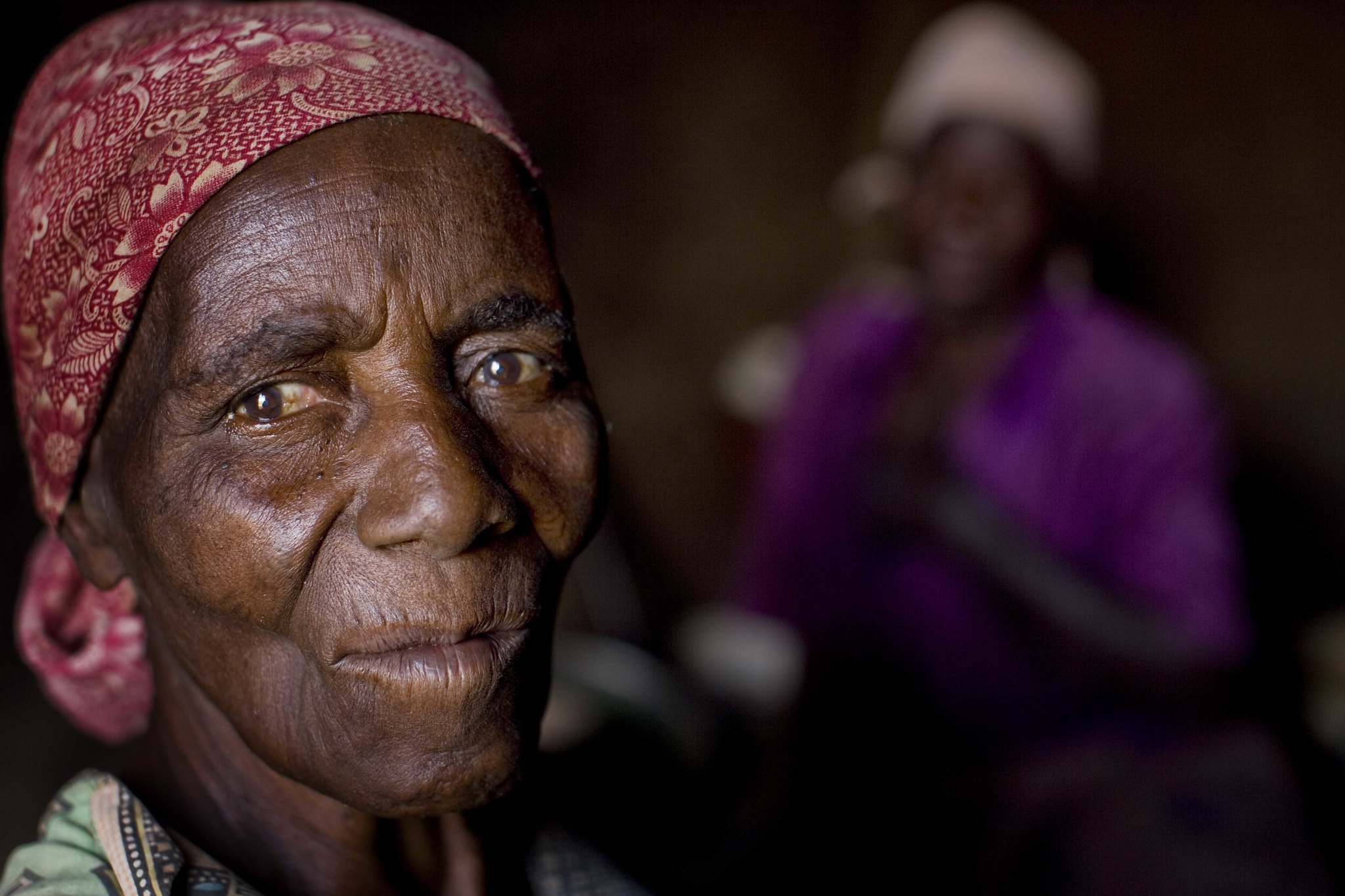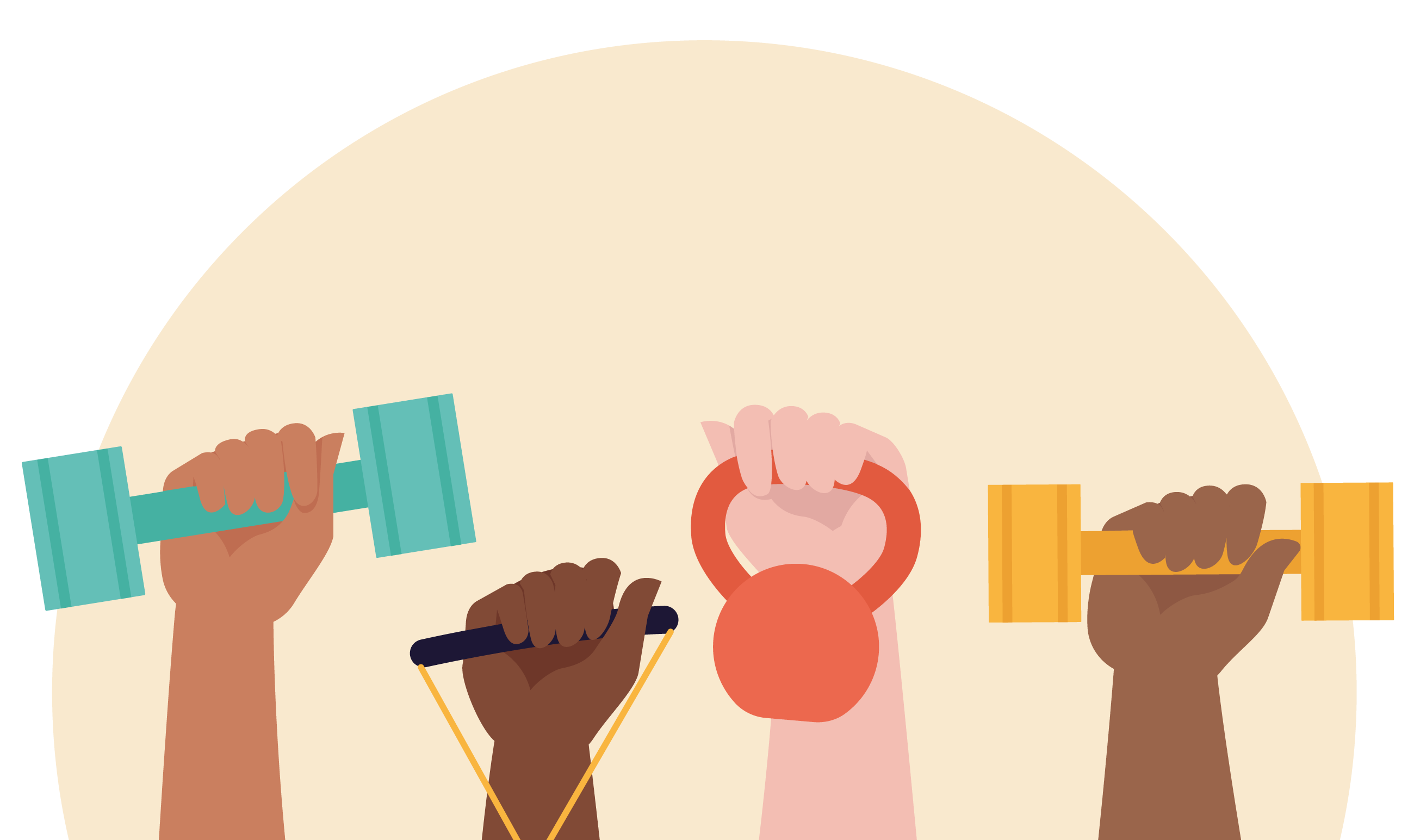A year into the pandemic, much discussion has been had on what a gender-responsive and inclusive social protection response could and should look like. Here, Rebecca Holmes, Deputy Team Lead for the joint FCDO-GIZ-DFAT SPACE service – sets out six practical actions for making these visions a reality, within any operating context.
Evidence shows that the impacts of the COVID-19 pandemic are gendered: women and girls have faced increases in gender-based violence (GBV), increased care burdens, and an often-disproportionate loss of jobs and livelihoods. This reflects existing inequalities and discrimination faced by women and girls which have been exacerbated by the crisis. Without urgent action, we risk a reversal of the positive progress made on gender equality and women and girls’ empowerment over the last few decades.
No better time for inclusive social protection programmes to step up in support of gender equality
COVID-19 could be the catalyst needed to spark change in social protection systems to better respond to gender and intersecting inequalities which drive poverty and vulnerability. Social protection programmes have been a key response to the pandemic, with over 1,000 new or adapted programmes in 200 countries since the beginning of 2020. This has also opened up an important window of opportunity for addressing gender and intersectional needs, with calls for action to strengthen gender in these social protection responses and to put women and girl’s needs at the forefront of policy decisions.
However, the UNDP/UN Women Gender Tracker – which is monitoring gender-sensitive COVID-19 policy responses – reports that only 17.4% of the social protection and labour market measures they have recorded are “gender-sensitive”, that is, targeting women’s economic security or addressing unpaid care.
What do we need to do?
We need to be ready to take advantage of this momentum to harness gender-responsive and transformative changes within social protection systems and programmes.
In March 2020, the Social Protection Approaches to COVID-19 Expert Advice helpline (SPACE) was established. We were tasked with helping governments, humanitarian organisations and development partners make quick decisions about social protection in response to the pandemic. A core component of SPACE has been to provide tailored technical support to integrate gender and social inclusion within all response options. This has included; how to address GBV within social protection responses, how to integrate disability-inclusion into targeting, identifying gender considerations when delivering cash using new technologies and recommendations on monitoring indicators to measure differential outcomes of crisis responses on men and women.
Drawing on a wealth of resources, including collaborative insights on gender, inclusion and social protection discussed at a global e-conference on social protection and COVID-19 in October 2020, we set out the following practical ideas to help guide how gender equality and inclusion can be strengthened in social protection response and recovery:
- Develop a gender equality and inclusion strategy: The urgency of the pandemic demands quick responses. When there is no clear foundation for gender inclusive objectives or processes within social protection programmes this has resulted in vague objectives or simply falling back on only targeting women or girls. Clear strategies which articulate the ambition for gender and social protection, and how this is to be achieved through programme design and implementation choices, is needed to leverage consistent and better gender outcomes. The level of ambition within the programme may evolve over time, but it needs to be clearly included in a statement, theory of change, or integrated into programme outputs, outcomes or impacts. A well-designed and gender-informed strategy will help to inform the difficult programme choices and trade-offs that have to be made rapidly in the context of a crisis, and identify the potential impacts of these decisions on gender equality and inclusion outcomes. Finally, a strategy also allows stakeholders to identify how their activities fit into wider, longer-term gender equality and empowerment objectives across the development and humanitarian nexus, and the core social protection system.
- Work with skilled and multi-disciplinary individuals and teams: We often talk about the need to coordinate better across sectors, but what does this mean in practice? Gender-responsive programmes work well when there are people with gender and inclusion skills in the team. When programmes engage with and invest in, the capacity of coalitions of local organizations and communities to co-design and implement programmes. Establishing a common strategy across different actors can also help work towards common gender equality and inclusive goals and draw on different actors’ key strengths.
- Look for opportunities to embed transformative objectives which support longer-term progress on empowerment, even if responses are short-term or only a smaller part of the broader strategy on women and girls’ empowerment. Consider how a social protection programme can build on what already exists, even outside of the social protection sector. For example, coordinating and working with the health, education, protection, and livelihoods sectors, developing common programme tools such as common strategies, analysis, assessment and evaluation to identify and monitor opportunities for empowerment, and linking social protection recipients to relevant services, skills, behaviour change communication interventions.
- Invest in gender-responsive and inclusive information systems: COVID-19 has highlighted the need for effective systems to enable rapid enrolment, delivery and management of social protection programmes in response to crisis. Because data collected through information systems feeds into longer term decisions on design and resource allocation, investments in collecting and monitoring gender and inclusive data now is essential for ensuring equal access, response to gender and inclusive-specific needs and supporting a transition towards systems that support broader empowerment.
- Look at gender and inclusion across the delivery chain: We often focus on the design of social protection programmes in responding to gender and intersectional needs, but looking at all components of the delivery process is important for identifying gaps and challenges which may exacerbate exclusion or inequalities. For example, assessing the most appropriate targeting mechanisms to reach persons with disability, adapting and providing a choice of communication approaches, enrolment processes, digital payments and accountability mechanisms.
- Integrate GBV mitigation and prevention efforts: The pandemic has raised the global profile of GBV and increasingly, social protection programmes are acknowledging and addressing GBV across the programme cycle. Identifying the risks, ensuring adequate staff skills, putting in place a referral system, monitoring, and leveraging existing systems are all important areas to invest in.
It is well recognised that the pandemic is possibly a game-changer for social protection – it has created new opportunities for extending and strengthening social protection. A critical question is how to ensure that going forward, social protection systems are gender-responsive and inclusive, and that they explicitly tackle the gendered impacts of the crisis both through response and recovery interventions.
Notes
Rebecca Holmes is an independent consultant and Research Associate at the Overseas Development Institute on gender and social protection.
The Social Protection Approaches to COVID-19: Expert Advice service (SPACE) is implemented by the UK Foreign, Commonwealth and Development Office (FCDO), Deutsche Gesellschaft für Internationale Zusammenarbeit (GIZ) GmbH, and the Australian Government represented by the Department of Foreign Affairs and Trade (DFAT). It is funded by UK Aid, the German Federal Ministry for Economic Cooperation and Development (BMZ), and DFAT. More of our publications can be found here. The views expressed in this document are entirely those of the authors and do not necessarily represent FCDO, GIZ or DFAT views or policies.
Rebecca thanks the SPACE team members, Valentina Barca and Amber Peterman for contributions to this blog, as well discussions and work carried out by Elayn Sammon, Lara Quarterman, Laura Alfers (SPACE), Roopa Hinton and Clare McCrum (FCDO) which this blog draws on.
Photo credit: “Violet Gavin, 69 years old, sits in her small hut with her daughter, who is disabled and lives at home, near Chimteka, Malawe on the 15th April, 2009.” by DFAT photo library is licensed under CC BY 2.0






